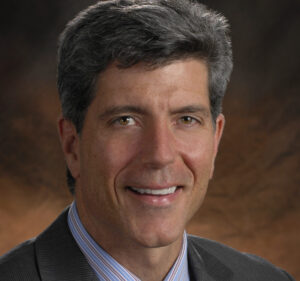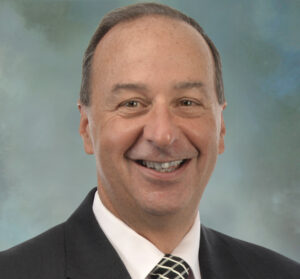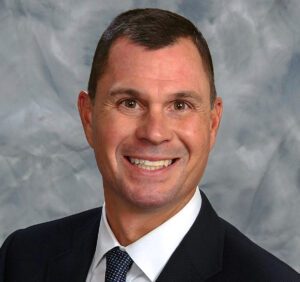Writer: Joey Garrand
2 min read March 2022 — While each company has their own roadmap for achieving a new normal in the post-pandemic world, there is a common consensus that this will include an increased virtual component. With Invest:, leaders from a variety of industries shared their experience with the virtual world, how their business models have been impacted and what they anticipate moving forward.
 Michael Mittelman, President, Salus University
Michael Mittelman, President, Salus University
What has been the impact of virtual learning at Salus?
As we move forward, we and other schools like us, are going to have to offer alternative learning channels because that’s what students have come to expect. As long as you can have both asynchronous and synchronous learning in a virtual environment, you’re going to remain competitive and effective. The next iteration of this is determining how best to leverage the metaverse into our portfolio. One of the things we were concerned about was how well students learn virtually. While the perception may be that students aren’t learning as well, the outcome data suggests that students can do equally well in a virtual environment, and we’re excited about that. The other piece we learned is that we have significantly expanded our audience. We’re able to offer a wider swath of continuing education across the country as opposed to what we could offer locally or even regionally, which is changing our business model.
 Alexander Vaccaro, President, Rothman Orthopaedic Institute
Alexander Vaccaro, President, Rothman Orthopaedic Institute
To what degree is telemedicine a part of your daily operations, and why have so many doctors returned to face to face?
I could not be any happier than I am now with telemedicine. About half of my patient interactions are virtual. However, many doctors and healthcare systems have gone back to face to face because, number one, insurance companies stopped paying for it. Telemedicine is the right thing for grandma and grandpa who no longer have to get in a car, drive into the city and wait an hour in an office for a medical care provider. We are advocating and lobbying Congress to allow for audio-only telemedicine for those without access or are challenged by advanced technology. We need to lobby to allow fair and transparent reimbursement so a greater portion of patients without access to affordable care can now get quality care. At this time many of the consults we do are free, but the average physician cannot afford to do this for free. The only group of people who suffer without telemedicine are the patients in underserved regions across this nation. I’m doubling down on telemedicine, but I’ve also learned of what disease processes cannot be adequately cared for with this technology. If you need to hold someone’s hand because of anxiety or an unexpected outcome that has to be in-person. Additionally, some examinations are difficult to do via telemedicine. However, over 70 to 80% of orthopaedic ailments can be examined via telemedicine.
 Paul Dougherty, Partner-in-Charge, EisnerAmper
Paul Dougherty, Partner-in-Charge, EisnerAmper
What have been your lessons learned over the last 12 months?
We learned a lot of lessons in the past year. Among those is recognition of our ability to work virtually successfully. Part of what we’ve done here is move to a reservation system so no one has a permanent station. The office has become more of a tool for collaboration, and a meeting place rather than a defined space. Even when we come out of the pandemic, the hybrid model will still be in effect, with people only coming in a few days of the week.
 Bradley Fouss, Senior Vice President & Market President, Greater Philadelphia, OceanFirst Bank N.A.
Bradley Fouss, Senior Vice President & Market President, Greater Philadelphia, OceanFirst Bank N.A.
What is OceanFirst’s strategy for retail branches moving forward?
At OceanFirst, we believe that retail branches are one of many options available for customers to do their banking. For several years, we have been providing robust digital banking technology to our customers as well. Our customers have been moving to digital tools in record numbers and this was accelerated during the pandemic, leading to the need for fewer retail branches. Over the past few years, OceanFirst has been consolidating our branches while still serving our customers, which has increased the average deposit size and helped manage expenses. We are taking the savings from branch consolidations and investing in digital, mobile and cybersecurity platforms, which are critical for any bank to survive going forward.
For more information, visit:

